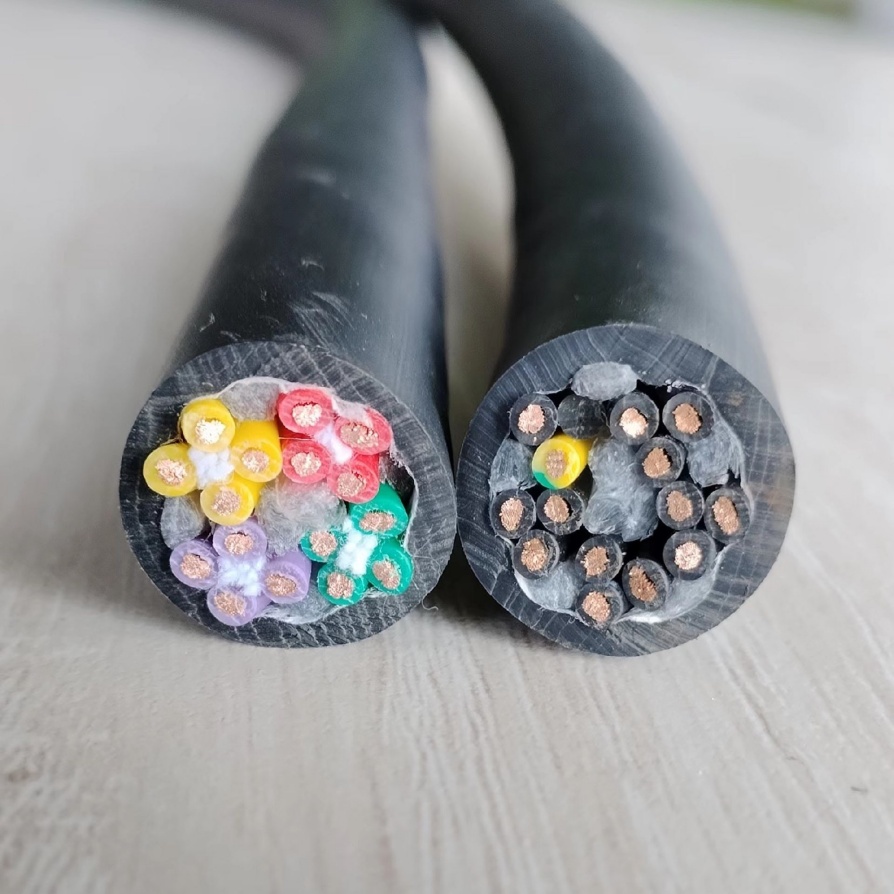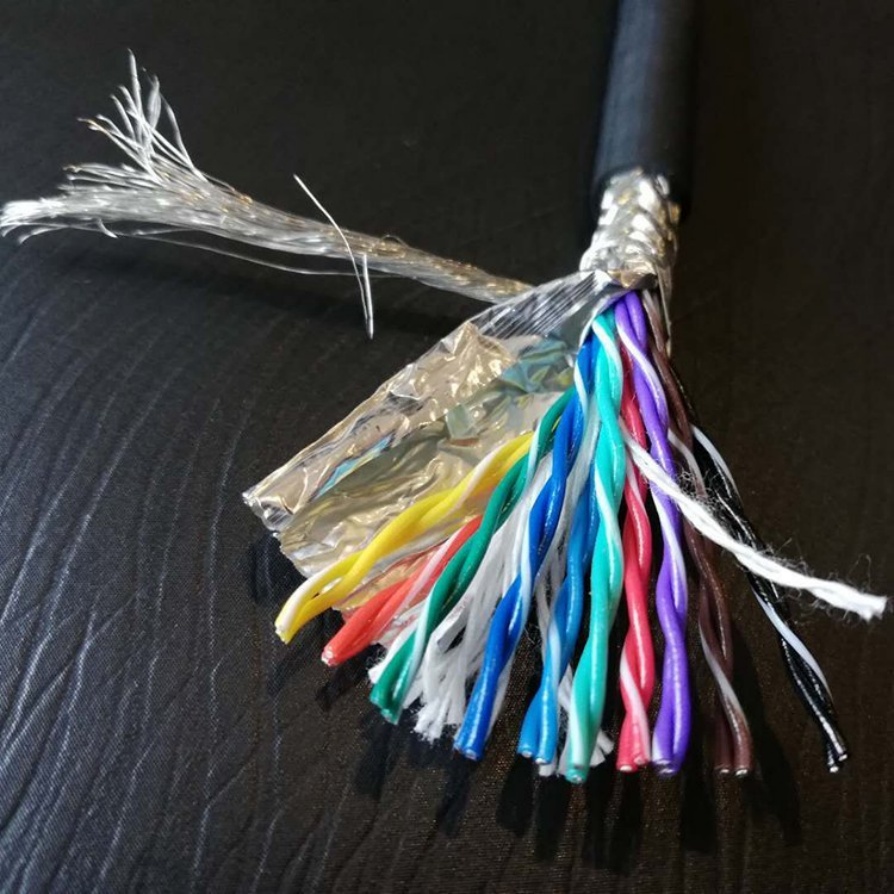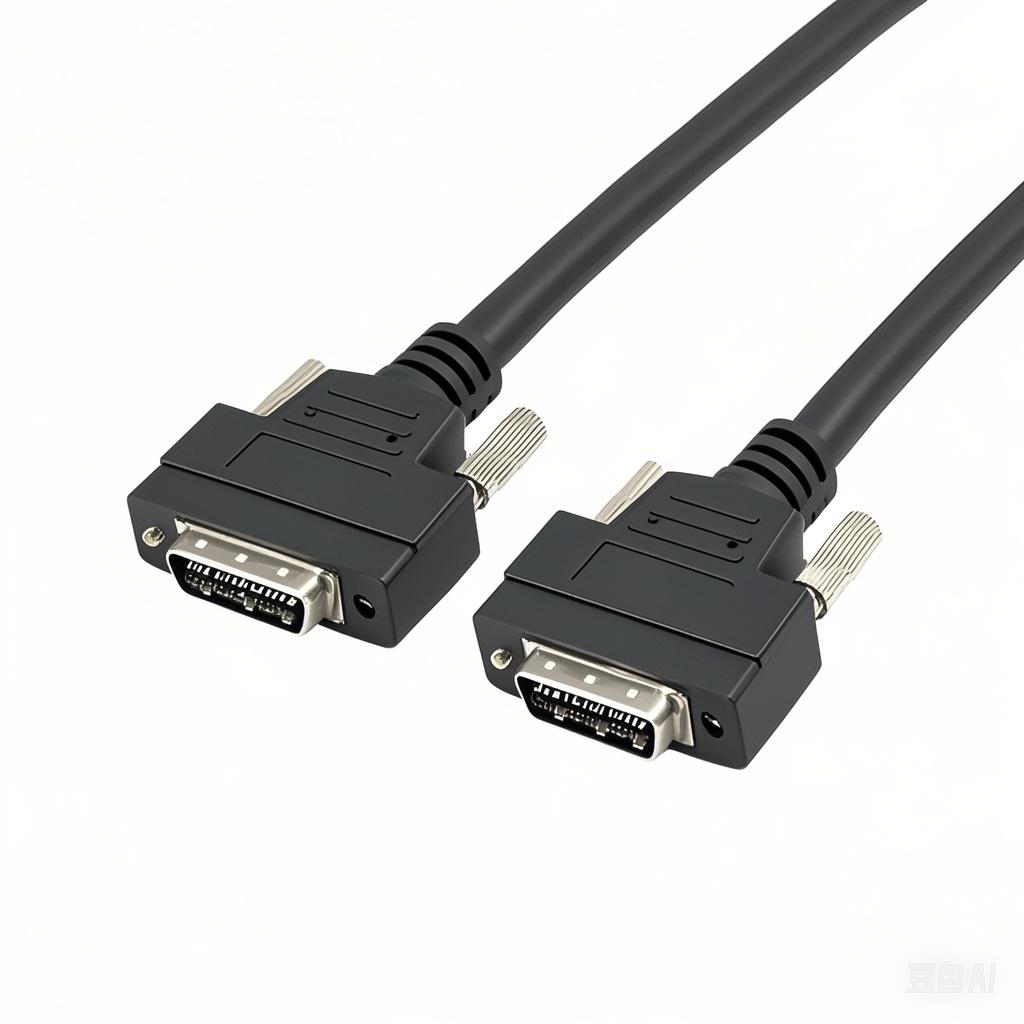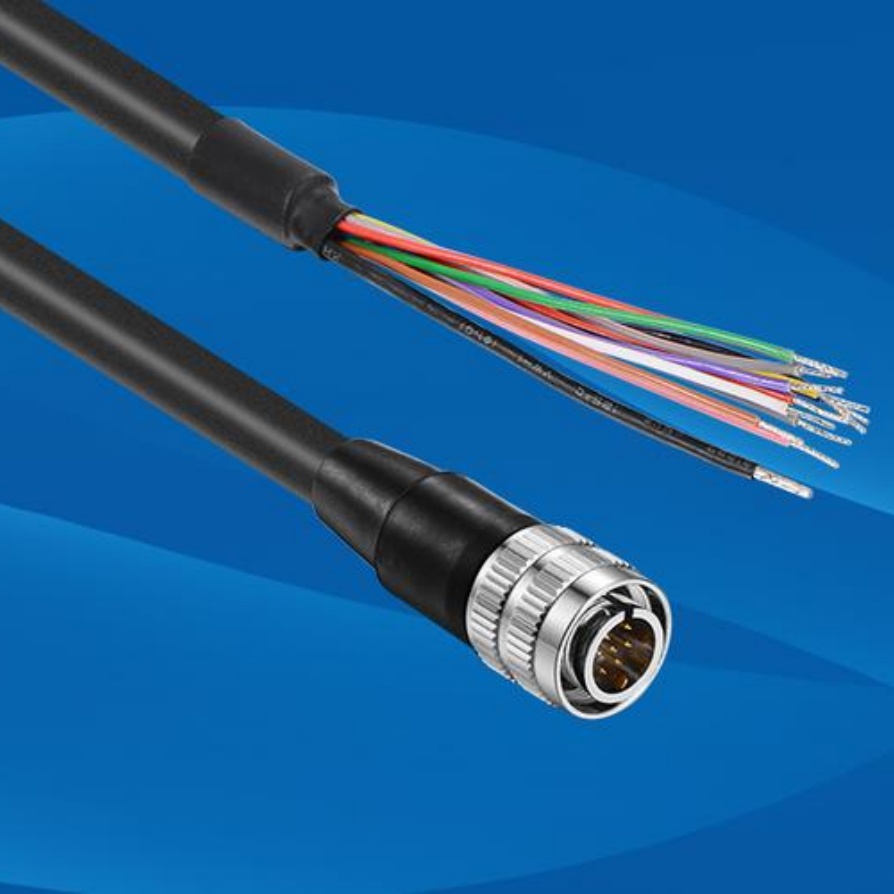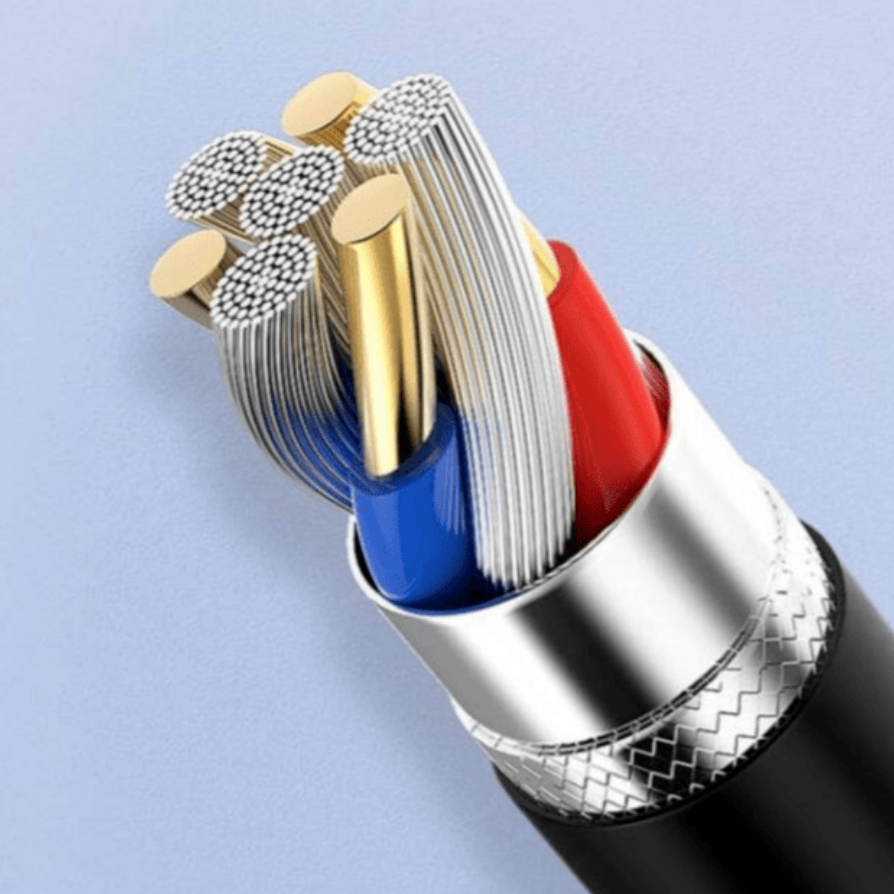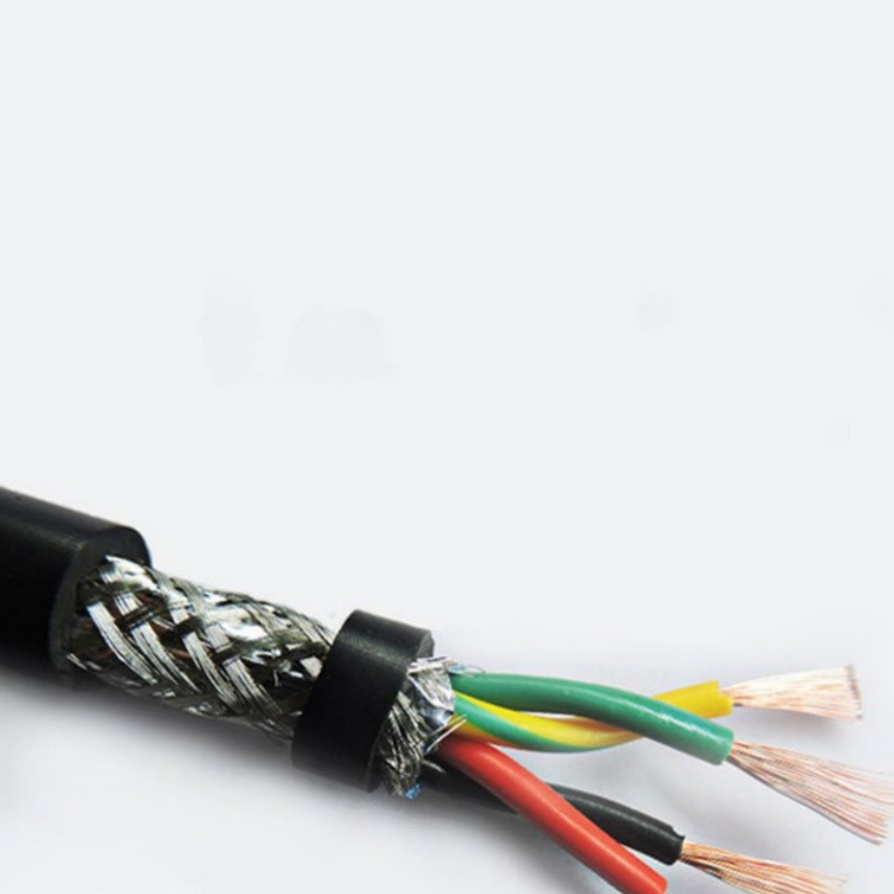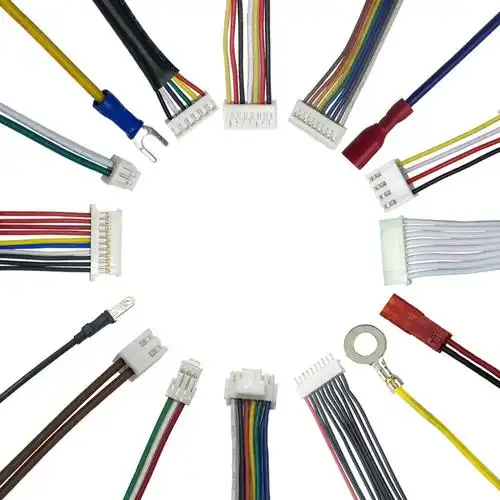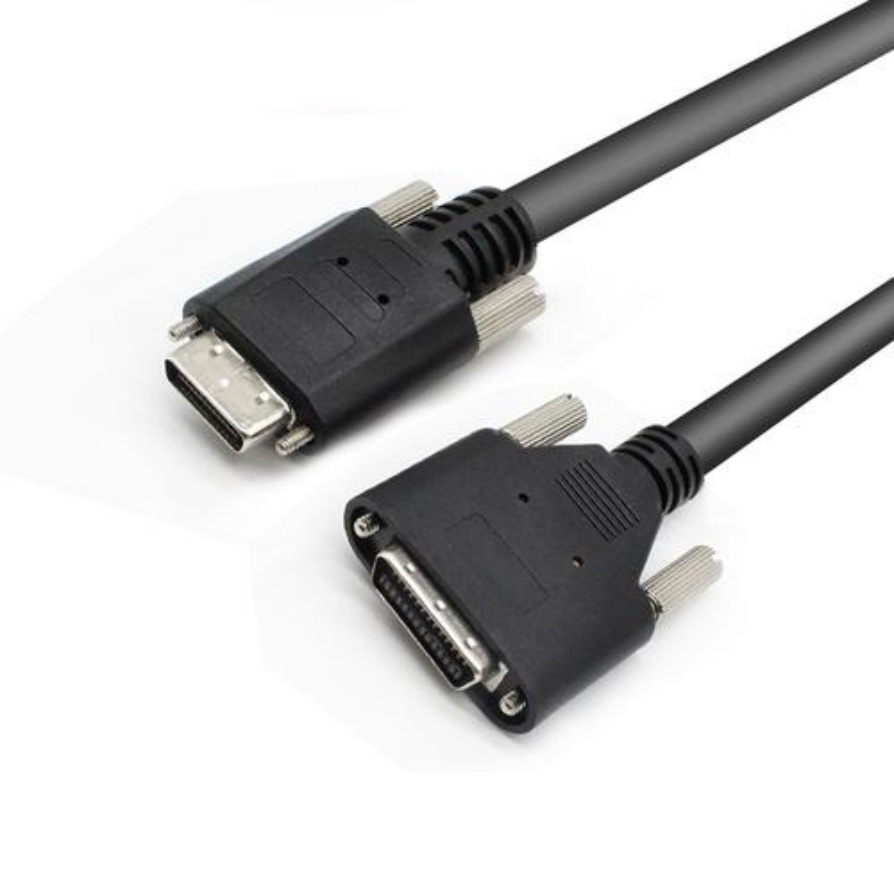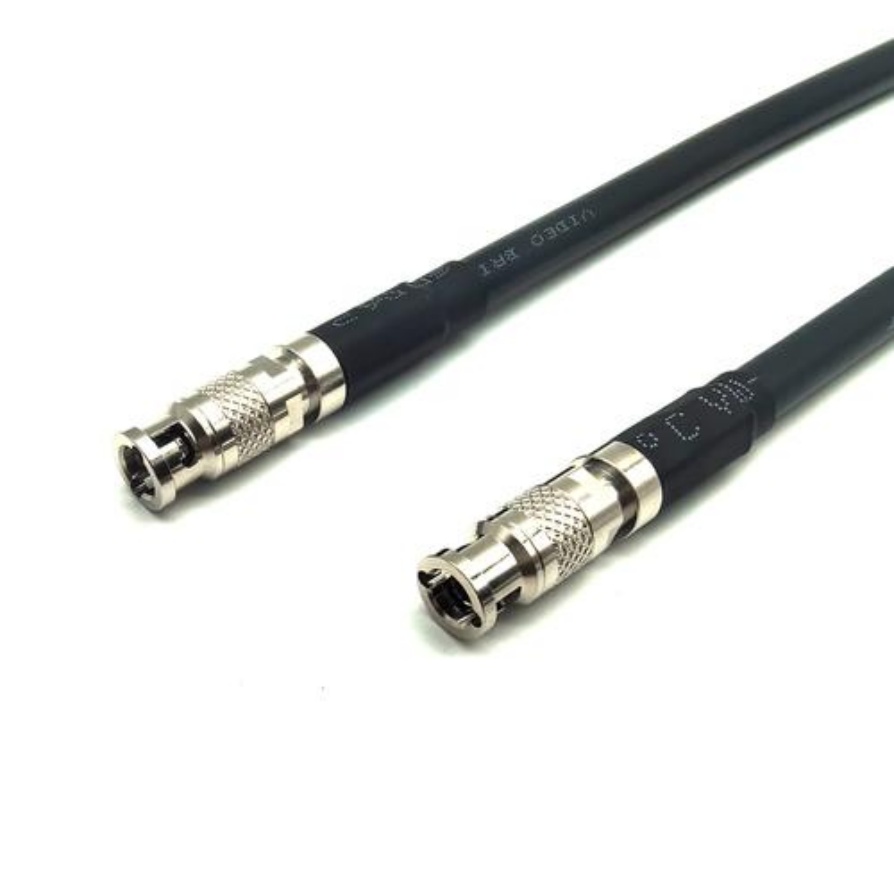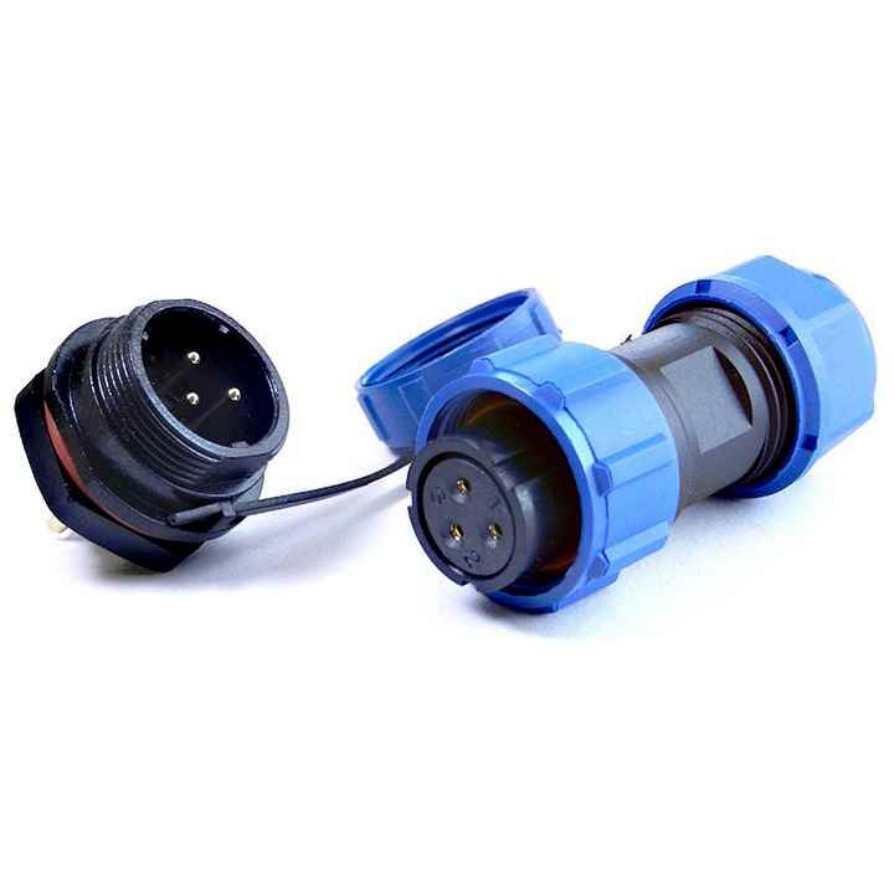AGV Navigation Cable Models: A Comprehensive Guide to Types and Selec...
Automated Guided Vehicles (AGVs) rely heavily on navigation cables to transmit critical data, power, and control signals—making the right cable model selection pivotal for operational efficiency and reliability. This article breaks down the most common AGV navigation cable models, their key specifications, and ideal use cases, helping industrial buyers, engineers, and maintenance teams identify the exact cable for their AGV systems.
1. AGV Navigation Cable Models by Transmission Medium
The core function of AGV navigation cables is signal or power transmission, so models are first categorized by their primary transmission medium. This classification directly aligns with AGV navigation technologies (e.g., laser, magnetic, vision-based).
1.1 Copper-Core AGV Navigation Cables (Signal & Power)
Copper-core cables are the most widely used for AGV navigation, as they balance cost, conductivity, and flexibility. Common models include:
- YC-J-0.75²~6²: A heavy-duty flexible cable with a tinned copper conductor and PVC insulation. It supports both signal transmission (e.g., for magnetic stripe navigation) and low-voltage power supply (12V/24V). Ideal for AGVs in warehouses or assembly lines with moderate movement.
- RVVY-2×0.5²~4×2.5²: A thin, highly flexible cable with fine-stranded copper conductors and PVC sheath. Designed for short-distance signal transmission (e.g., between AGV sensors and controllers). Its small diameter fits tight spaces in compact AGVs.
- SYV-75-5: A coaxial copper cable optimized for high-frequency signal transmission. Used in AGVs with laser navigation systems, as it minimizes signal interference from industrial equipment (e.g., motors, inverters).
1.2 Fiber-Optic AGV Navigation Cables (High-Speed Signal)
For AGVs requiring long-distance, high-speed data transmission (e.g., AGVs in large manufacturing plants or ports), fiber-optic models are preferred. Key models:
- GJFJV-2B1: A single-mode fiber-optic cable with a PE sheath. It transmits navigation data (e.g., from vision cameras) over distances up to 10km with minimal latency. Suitable for AGVs operating in harsh electromagnetic environments.
- GJXFH-4A1a: A multimode fiber-optic cable with a flame-retardant PVC sheath. It supports shorter distances (up to 500m) but higher bandwidth, making it ideal for AGVs with multi-sensor navigation systems (laser + vision).
2. AGV Navigation Cable Models by Protection Level
AGVs operate in diverse environments—from cleanrooms to dusty factories—so cable protection levels (IP ratings) are a critical classification factor.
2.1 IP65-Rated AGV Navigation Cables
IP65 cables are dust-tight and protected against low-pressure water jets, suitable for indoor AGVs in dry or slightly damp environments.
- TRVV IP65-3×0.75²: A flexible twisted-pair cable with a polyurethane (PU) sheath. Resistant to oil and abrasion, it’s commonly used in AGVs for automotive assembly lines (e.g., transmitting magnetic navigation signals).
- UL2464 IP65-4×1.0²: A UL-certified cable with a PVC sheath. Complies with North American safety standards, making it a top choice for AGVs in North American warehouses.
2.2 IP68-Rated AGV Navigation Cables
IP68 cables are fully waterproof and dust-tight, designed for AGVs in wet or outdoor environments (e.g., AGVs in construction sites or ports).
- TPEE IP68-2×0.5²: A cable with a thermoplastic polyester elastomer (TPEE) sheath. It withstands submersion in water (up to 1m for 24 hours) and extreme temperatures (-40°C to 80°C). Used in AGVs for outdoor material handling.
- H07RN-F IP68-3×2.5²: A heavy-duty rubber-sheathed cable. Resistant to chemicals and UV radiation, it’s ideal for AGVs in chemical plants or marine ports (e.g., transmitting power and navigation signals to outdoor AGVs).
3. AGV Navigation Cable Models by Flexibility
AGVs require cables that can withstand repeated bending (e.g., when AGVs turn or lift loads). Flexibility 等级 (measured by bending cycles) classifies cables for dynamic applications.
3.1 High-Flex AGV Navigation Cables (≥10 Million Bending Cycles)
For AGVs with frequent movement (e.g., AGVs in 24/7 production lines), high-flex models are essential.
- CF200-4×0.75²: A high-flex cable with a stranded copper conductor and PU sheath. It supports up to 20 million bending cycles (at a bending radius of 10× cable diameter). Used in AGVs with robotic arms or rotating navigation sensors.
- Chainflex CF100-2×0.5²: A cost-effective high-flex cable from igus. It’s designed for energy chains (e-chains) in AGVs, with a bending life of 10 million cycles. Suitable for budget-conscious projects.
3.2 Standard-Flex AGV Navigation Cables (<5 Million Bending Cycles)
For AGVs with minimal movement (e.g., AGVs in static storage areas), standard-flex models suffice.
- VV-3×1.0²: A rigid PVC-sheathed cable with solid copper conductors. It has a bending life of 1–3 million cycles, making it ideal for AGVs that move along fixed paths (e.g., magnetic rail AGVs in warehouses).
Key Considerations for Choosing AGV Navigation Cable Models
While this guide focuses on models, selecting the right cable requires aligning specifications with AGV requirements:
- Navigation Technology: Laser AGVs may need coaxial copper or fiber-optic cables; magnetic AGVs work with twisted-pair copper cables.
- Environment: Indoor cleanrooms use IP65 cables; outdoor or wet areas require IP68 cables.
- Movement Frequency: High-cycle AGVs (e.g., automotive plants) need Chainflex or CF200 models; low-cycle AGVs use VV-series cables.
Conclusion
AGV navigation cable models are diverse, but they can be systematically categorized by transmission medium, protection level, and flexibility. Whether you need a copper-core IP65 cable for indoor warehouses or a fiber-optic IP68 cable for outdoor ports, matching the cable model to your AGV’s operating conditions ensures stable navigation and long-term durability.
If you need a customized AGV navigation cable model comparison table (e.g., comparing YC-J, TRVV IP65, and CF200 for your specific AGV application), let me know—I can create a detailed spreadsheet to simplify your 选型 process.


